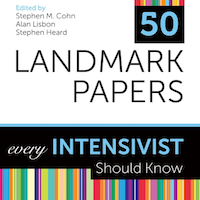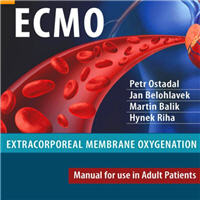Tag: mechanical ventilation
Tocilizumab Use May Be Associated with a Short-term Mortality Benefit
For hospitalized COVID-19 patients, there is some evidence that tocilizumab use may be associated with a short-term mortality benefit, but further high-quality data are required. Its benefits may also lie in reducing the... read more
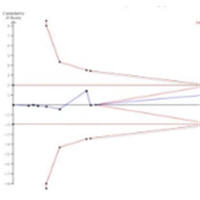
The Predictive Role of Combined Cardiac and Lung Ultrasound in COVID-19
In hospitalized patients with coronavirus disease 2019, a very limited echocardiographic examination is sufficient for outcome prediction. The addition of echocardiography in patients with high-risk MEWS decreases the rate... read more
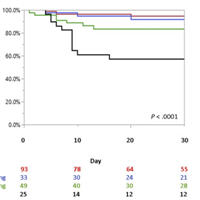
NIV After Early Extubation Reduces Total Days Spent on i-MV
Patients recovering from an episode of hypoxemic acute respiratory failure (hARF) may benefit from a weaning strategy based on early extubation followed by immediate noninvasive ventilation (NIV) application. Compared... read more
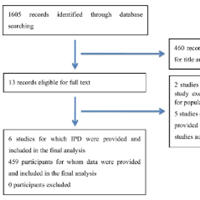
Risk of Clinical Severity by Age and Race/Ethnicity Among Adults Hospitalized for COVID-19
Older adults and people from certain racial and ethnic groups are disproportionately represented in coronavirus disease 2019 (COVID-19) hospitalizations and deaths. Using data from the Premier Healthcare Database on 181,813... read more
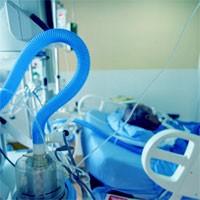
Clinical strategies for implementing lung and diaphragm-protective ventilation
Mechanical ventilation may have adverse effects on both the lung and the diaphragm. Injury to the lung is mediated by excessive mechanical stress and strain, whereas the diaphragm develops atrophy as a consequence of low... read more
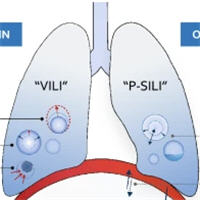
Sedation, Analgesia, and Paralysis in COVID-19 Patients in the Setting of Drug Shortages
The rapid spread of the severe acute respiratory syndrome coronavirus-2 (SARS-CoV-2) has led to a global pandemic. The 2019 coronavirus disease (COVID-19) presents with a spectrum of symptoms ranging from mild to critical... read more
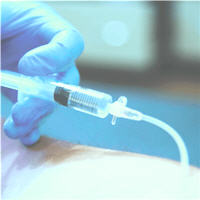
A Retrospective Cohort Study of 12,306 Pediatric COVID-19 Patients in the United States
Children and adolescents account for ~ 13% of total COVID-19 cases in the United States. However, little is known about the nature of the illness in children. The reopening of schools underlines the importance of understanding... read more
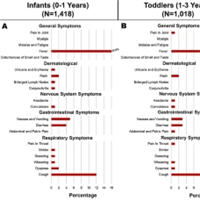
COVID-19: Dual Oxygen Concentrator System for Mechanical Ventilation
Sabah in Malaysian Borneo is among the Malaysian states which reported a high number of detected COVID-19 cases during the current pandemic. Due to geographical challenges and limited resources, clinicians developed novel... read more

Undercover Epicenter Nurse: How Fraud, Negligence, and Greed Led to Unnecessary Deaths at Elmhurst Hospital
What would you do if you discovered that the media and the government were lying to us all? And that hundreds, maybe thousands of people were dying because of it? Army combat veteran and registered nurse Erin Olszewski’s... read more

Promoting Evidence-Based Practice in ARDS
There is a dearth of literature addressing interventions to improve implementation of evidence-based practices in acute respiratory distress syndrome (ARDS). Existing interventions to improve clinician knowledge and facilitate... read more
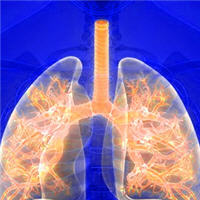
Remestemcel-L reduces ARDS mortality in those under 65 years old
New data shows patients with COVID-19-related Acute Respiratory Distress Syndrome (ARDS) were up to 75 percent less likely to die when treated with remestemcel-L and dexamethasone. The data shows remestemcel-L reduced... read more

Prone Positioning in Spontaneously Breathing Subjects With Moderate or Severe ARDS During Invasive Ventilation
In a retrospective analysis of consecutive intubated subjects with moderate or severe ARDS, related or not to COVID-19, spontaneous breathing during prone positioning (PP) was well tolerated and achieved significant improvement... read more

Prone Positioning of Nonintubated Patients with COVID-19
Despite the significant variability in frequency and duration of prone positioning and respiratory supports applied, prone positioning was associated with improvement in oxygenation variables without any reported serious... read more
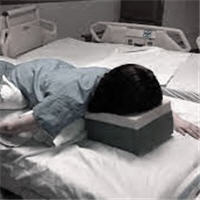
Agreement Between IVC Diameter Measurements by Subxiphoid vs. Transhepatic Views
When it is not possible to obtain the subcostal view, it is possible to use the lateral transhepatic view. However, using the percentage variation in IVC size is likely to be more reliable than the absolute diameter alone.... read more
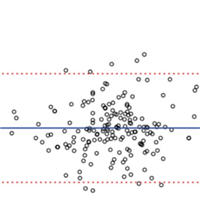
Discharged IMV COVID-19 Survivors Not Functionally Independent
The majority of invasive mechanical ventilation (IMV) COVID-19 survivors were not functionally independent at discharge and required significant follow-up medical care. The COVID-19 circumstance has placed constraints on... read more
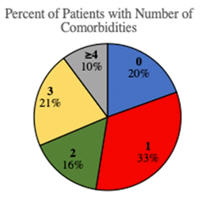
Expiratory Flow Limitation During Mechanical Ventilation
Expiratory flow limitation (EFL) is present when the flow cannot rise despite an increase in the expiratory driving pressure. The mechanisms of EFL are debated but are believed to be related to the collapsibility of small... read more
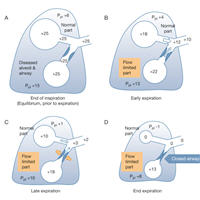
Assess the Intensity of Inspiratory Efforts Using CVP Waveforms
Real case: You are passing by the room of an awake mechanically ventilated patient with advanced IPF. Peeking in from outside the room, the following CVP waveform catches your attention. In a recent post, we discussed... read more
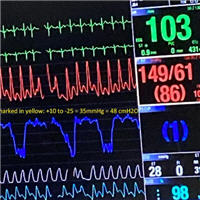
Association of Low Baseline Diaphragm Muscle Mass With Prolonged Mechanical Ventilation and Mortality Among Critically Ill Adults
In this study, low baseline diaphragm muscle mass in critically ill patients was associated with prolonged mechanical ventilation, complications of acute respiratory failure, and an increased risk of death in the hospital. A... read more
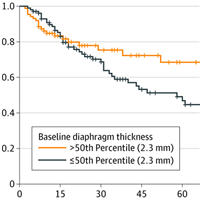
90 Day Outcomes of COVID-19 Patients in European ICUs
This communication delineates outcomes in COVID-19 patients in the context of ARDS severity, ventilatory management, and variables associated with mortality on a 90-day follow-up for subgroups of patients after ICU admission.... read more

Individualized vs. Fixed Positive End-expiratory Pressure for Intraoperative Mechanical Ventilation in Obese Patients
This secondary analysis of obese patients undergoing laparoscopic surgery found better oxygenation, lower driving pressures, and redistribution of ventilation toward dependent lung areas measured by electrical impedance tomography... read more

A Controlled Trial of Methylprednisolone in COVID-19 Pneumonia
The use of corticosteroids in patients with pneumonia secondary to COVID-19 has been a controversially hot topic, particularly early on in the pandemic. Prior evidence seen in Severe Acute Respiratory Syndrome (SARS) and... read more

Clinical Features and Predictors in Critically Ill COVID-19 Patients
We aim to describe a case series of critically and non-critically ill COVID-19 patients in Singapore. This was a multicentered prospective study with clinical and laboratory details. Details for fifty uncomplicated COVID-19... read more




